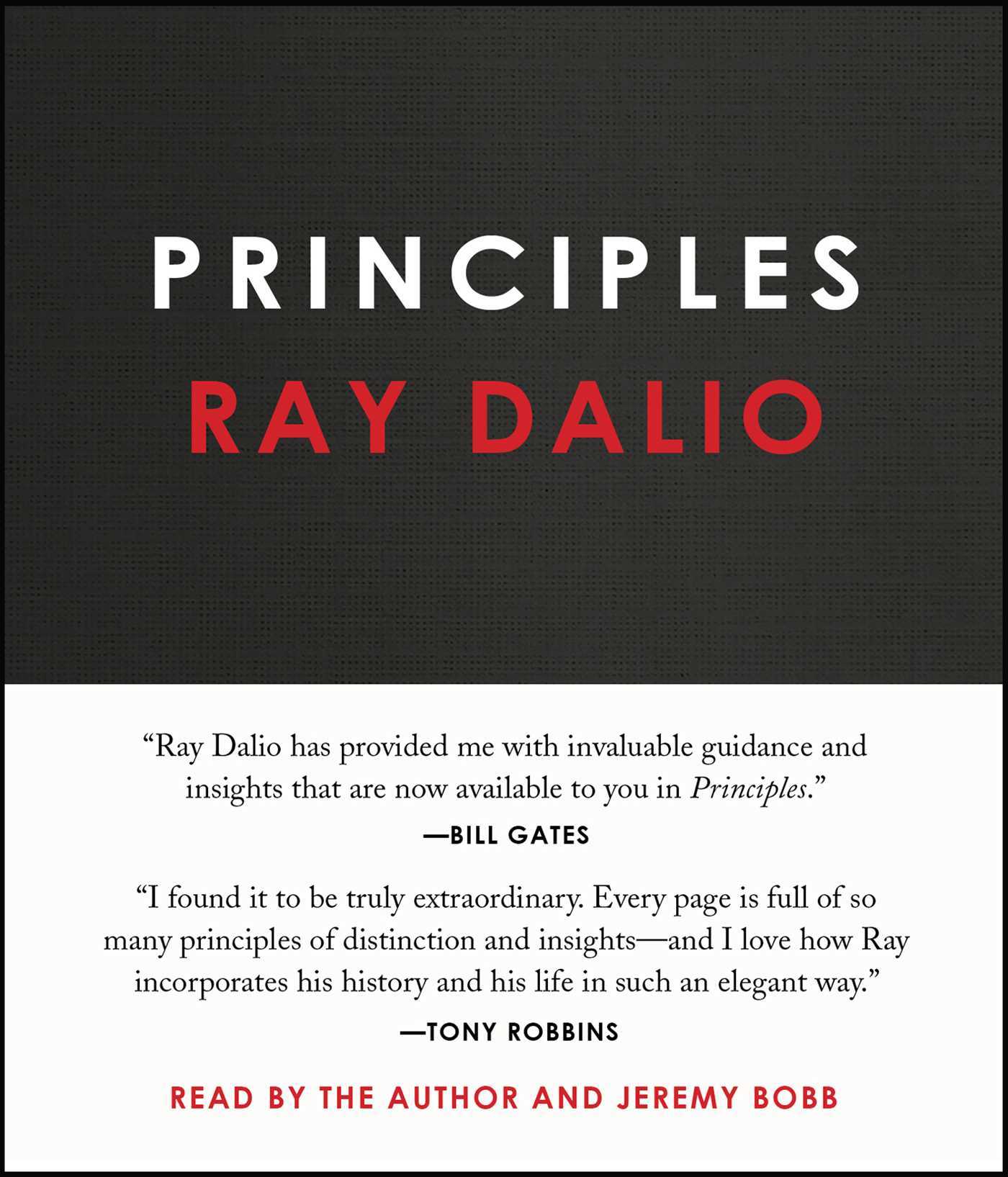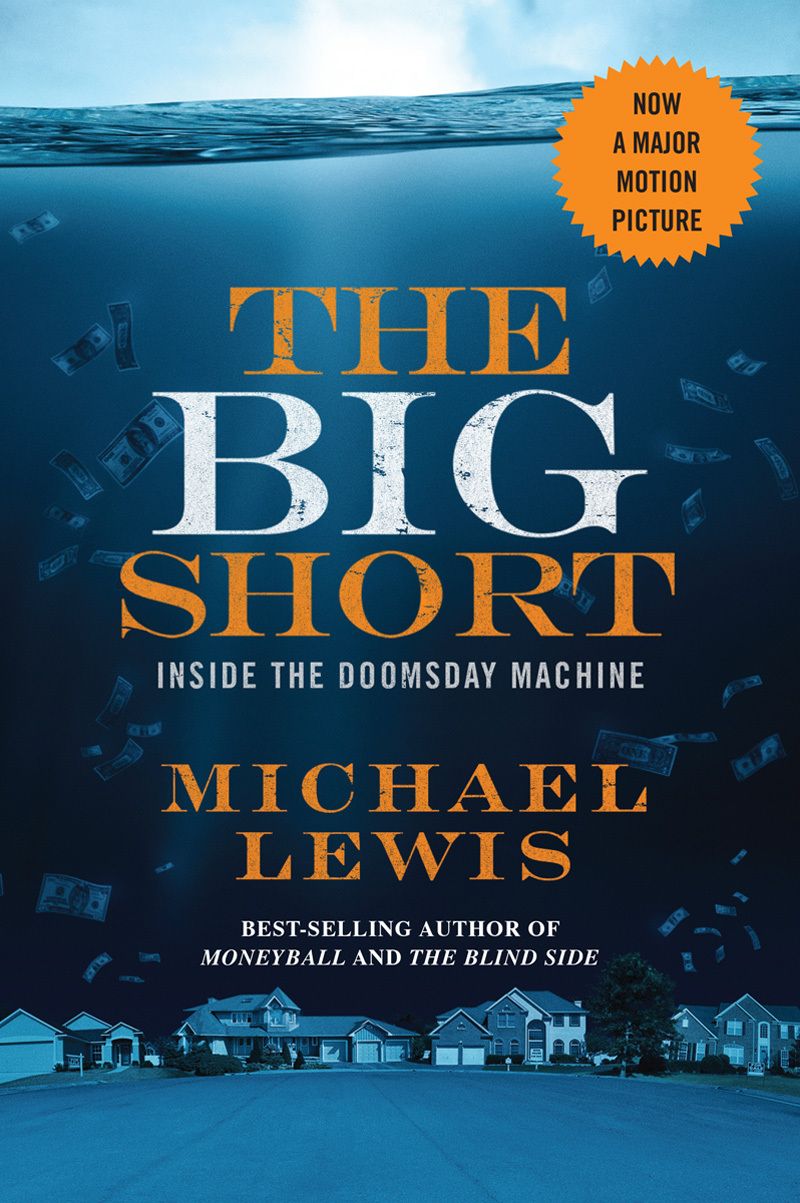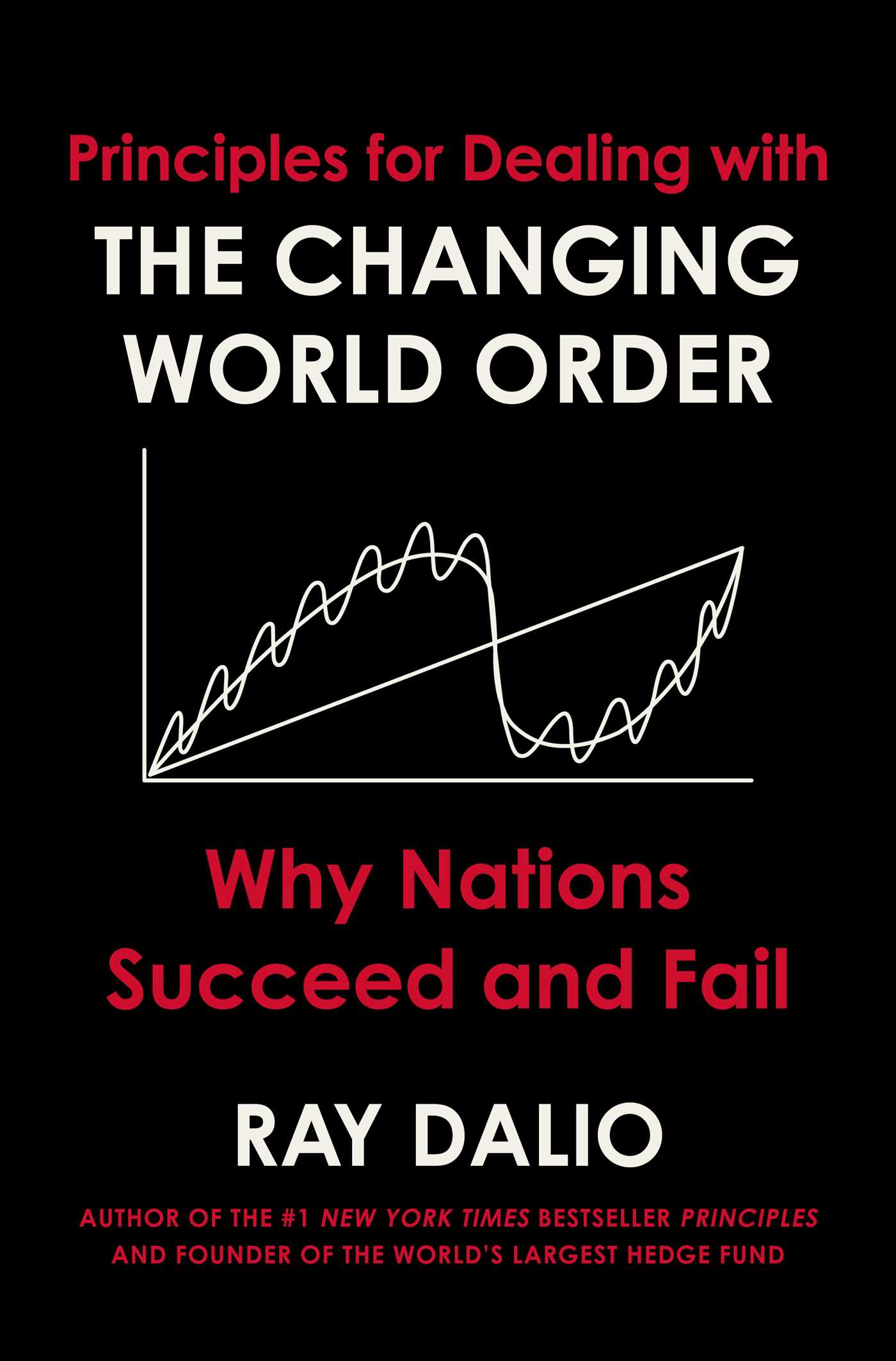To maximize profits, lenders and investment banks exploited flaws in the rating agency models:
- Using "thin-file" FICO scores from borrowers with limited credit history
- Focusing on floating-rate loans the agencies favored vs fixed-rate
- Offsetting high-risk loans with safer ones to game the averages
This allowed them to get high ratings on subprime mortgage bonds and CDOs that were far riskier than they appeared. Wall Street insiders knew the game, but the rating agencies were oblivious.
Section: 1, Chapter: 1
As the subprime bubble inflated, even the big Wall Street banks couldn't resist the allure of easy profits. They morphed from intermediaries to active speculators, writing huge checks to buy up subprime loans and CDOs. Banks like Merrill Lynch and Citigroup loaded up on the very securities they were peddling to investors, assuming the music would never stop. They had built a doomsday machine, but couldn't bring themselves to turn it off - the short-term rewards were simply too enticing.
Section: 1, Chapter: 5
Every step in the subprime mortgage machine was plagued by misaligned incentives:
- Brokers were paid for volume, not loan quality
- Banks made money from securitizing loans, not holding them
- Rating agencies were paid by banks, not investors
- Investors craved yield, didn't look under the hood
When each player is compensated based on short-term profits rather than long-term sustainability, a system is bound to collapse under its own weight. Understanding incentives is key to spotting financial folly.
Section: 1, Chapter: 4
In early 2007, Cornwall Capital noticed an odd disconnect in the subprime market:
- Housing prices were flatlining, subprime defaults rising
- Yet subprime-backed bonds continued to rally
- Cornwall knew underlying loans were souring but market was slow to react
- They realized this was the lull before the storm and bet bigger
The delayed market response gave them a chance to load up on cheap "disaster insurance" before it was too late. Understanding market psychology let them exploit the gap between perception and reality.
Section: 1, Chapter: 5
Cornwall Capital's strategy for finding mispricings:
- Look for potential catalysts that could move a security's price
- Determine if the market is mispricing the probability/impact
- Structure a trade with asymmetric risk/reward if catalyst occurs
- Aim for "small loss if wrong, huge gain if right" payoff
- Avoid overpaying for the "option" on the event occurring
This approach led them to buy cheap credit default swaps on subprime mortgage bonds, which paid off big when defaults spiked.
Section: 1, Chapter: 3
"The collapse of the subprime mortgage market was a rare opportunity to make money from a 'no-brainer' bet. The hardest part was having the conviction to stick with the trade when everyone thought we were crazy." - Charlie Ledley
Section: 1, Chapter: 9
The subprime shorts offered a scathing indictment of Wall Street's sins:
- Reckless lending in pursuit of short-term profits
- Willful blindness to risks and perverse incentives
- Corruption of regulators and rating agencies
- Offloading of risks to "dumb money" investors
In the end, the banks' greed and stupidity came at a staggering price - trillions in losses, millions of jobs vaporized, the global economy in tatters. The collapse laid bare the myth of "financial innovation."
Section: 1, Chapter: 9
Here's how Wall Street alchemized risky subprime loans into "triple-A" gold:
- Make increasingly risky loans to subprime borrowers
- Package loans into mortgage bonds, slice into "tranches"
- Build CDOs out of lower-rated tranches of mortgage bonds
- Get rating agencies to bless 80% of CDOs as triple-A
- Sell triple-A CDOs to investors as nearly risk-free
- Repeat steps 1-5 using unsold lower CDO tranches
Most investors were oblivious, but people like Eisman, Burry and Lippmann spotted the opportunity to short.
Section: 1, Chapter: 2
By mid-2007, Burry and Eisman faced intense pushback as subprime cracks emerged:
- Burry's investors revolted when his fund showed losses, wanted out
- Eisman's colleagues thought he was crazy for predicting a housing crash
- Both men had to endure a firestorm of criticism for sticking to their guns
Lesson: Contrarian ideas are never popular in the moment. If you have conviction in your analysis, you need the mental toughness to hold firm when everyone says you're wrong. Stick to your guns if the facts are on your side.
Section: 1, Chapter: 6
The story of Wing Chau and his Harding Advisory showed how warped the CDO business had become by 2006-07. Chau realized he could make millions by running a CDO machine that cranked out risky securities without much thought to loan quality. His incentives were totally misaligned:
- Paid big fees just for putting deals together
- No "skin in the game" as CDO manager
- Could pawn off the riskiest slices to other CDOs
Chau was the poster child for the "don't ask questions, just keep printing" mentality that inflated the subprime bubble. He thought he was a genius, but was really just surfing on a wave of cheap money that was bound to crash.
Section: 1, Chapter: 4
By early 2007, the subprime mortgage market was starting to crack, but few wanted to acknowledge it. The maverick investors who had bet against it - Burry, Eisman, Ledley & Mai - were seen as Chicken Littles. But they knew they were onto something big. The trick was finding ways to profit from their insight. They embarked on a mad scramble to load up on credit default swaps, short positions, and other contrarian bets before it was too late. It was a treasure hunt where the treasure was hidden in plain sight.
Section: 1, Chapter: 7
In the early 2000s, Steve Eisman, an equity analyst covering consumer finance companies, started noticing troubling trends in the subprime mortgage industry. Lenders like Household Finance were making increasingly risky loans to lower-income borrowers. With the help of his analyst Vinny Daniel, Eisman dug into the details and realized the entire industry was a house of cards built on unsustainable lending practices. They started shorting the stocks of subprime lenders.
Section: 1, Chapter: 1
After years of ridicule and doubt, Mike Burry shut down his hedge fund in disgust in 2008:
- Subprime shorts had made investors over 400% returns
- But many investors were furious and wanted to pull money
- Burry grew embittered by the industry's recklessness and greed
- Closed fund and retreated from public life, a disillusioned man
Even though he had been proven right, Burry had lost faith in the system. He realized no one wanted to face harsh truths - they just wanted to keep the casino running.
Section: 1, Chapter: 10
Cornwall Capital, a tiny hedge fund started by Charlie Ledley and Jamie Mai, was an unlikely player in the subprime trade. Operating out of a Berkeley garage with $100k in starting capital, they were the definition of a shoestring operation. But their outsider status and willingness to look where others weren't allowed them to spot the opportunity in subprime mortgage bonds. Cornwall's story shows you don't need an elite pedigree or billions in capital to make it on Wall Street - just original thinking and relentless drive.
Section: 1, Chapter: 3
The key to the CDO alchemy that turned risky loans into "safe" securities:
- Pool together a bunch of subprime loans in a CDO
- Slice the CDO into different "tranches" by seniority
- Get rating agencies to bless 80% of the CDO as triple-A
- Make the CDO so complex that investors can't assess true risk
- Keep any unsold risky pieces for next CDO deal
The process worked as long as investors didn't look too closely at the sausage-making. But people like Eisman and Burry saw through the charade.
Section: 1, Chapter: 4
Michael Burry was a misfit in the investing world. A medical doctor with little formal finance training, he had a penchant for exhaustive research and a willingness to go against the grain. Burry's unique perspective as an industry outsider allowed him to spot the flaws in subprime mortgage bonds that Wall Street insiders were blind to. His story showcases the value of unconventional backgrounds and contrarian thinking in investing.
Section: 1, Chapter: 2
Section: 1, Chapter: 8
Ways to bet against the housing market before the crash:
- Shorting stocks of subprime lenders and homebuilders
- Buying credit default swaps on subprime mortgage bonds
- Buying puts or shorting subprime mortgage bond indices
The key was spotting the bubble early and finding asymmetric ways to bet against it with limited downside risk. This allowed investors like Eisman and Burry to make huge profits when it popped.
Section: 1, Chapter: 3
In 2008, the subprime mortgage bubble finally burst, unleashing a chain reaction that brought the global financial system to its knees. The dominoes fell in rapid succession - Bear Stearns, Lehman Brothers, Merrill Lynch, AIG. The carnage exposed the rot at the heart of Wall Street - the excessive leverage, the reckless risk-taking, the corrupt incentives. For the subprime shorts, it was a bittersweet victory. They had been right, but watching the world burn was hardly cause for celebration.
Section: 1, Chapter: 9
History shows that when government debts get too high, they are rarely paid back in real terms. Instead, governments use "financial repression" - capping interest rates below inflation and economic growth rates - to effectively default on debts.
This preserves the nominal value of debts while wiping out their real value, at the expense of savers and bondholders. Other stealthy forms of debt default include capital controls, wealth taxes, and outright asset confiscation. Successful long-term investors must be alert to whether a country's debts are sustainable and whether its government is likely to resort to financial repression. Holding productive assets and diversifying globally are key defenses.
Section: 1, Chapter: 7
Looking back over the last few centuries, all major currencies have either been devalued significantly or died altogether. Currencies are devalued when governments print excessive amounts of money, usually to finance budget deficits or service high debt levels. This reduces the purchasing power of money over time. Many currencies have been completely replaced, often after losing a war or during a political revolution. The only major currencies that have survived since 1850 are the U.S. dollar, British pound and Swiss franc - and even they have lost over 90% of their purchasing power due to devaluations.
Section: 1, Chapter: 4
The author argues all asset returns and market movements can ultimately be explained by four factors:
- Growth - The rate of increase in economic activity and cash flows
- Inflation - The rate of increase in prices
- Risk Premiums - The return required to hold risky assets over risk-free assets
- Discount Rates - The rate used to convert future cash flows into present values
Changes in these factors drive asset prices. Stocks tend to rise when growth and inflation are higher than expected, and fall when risk premiums and discount rates rise more than expected. Bonds tend to lose value when inflation and interest rates rise more than expected. By studying how shifts in economic and political conditions affect these four core drivers, investors can navigate changing markets.
Section: 1, Chapter: 7
Many FIers want their money to do no harm and maybe even do some good. Socially responsible investing (SRI) lets you put your capital in companies screened for ethical practices such as:
- Environmental sustainability
- Fair treatment of workers
- Avoidance of "sin" products like tobacco, weapons or gambling
- Diversity in hiring and leadership
- Transparent, honest business practices
SRI mutual funds abound with various mixes of screens. Look for low fees, strong returns and standards that match your values. Many aim to balance making a difference with making a profit.
Section: 1, Chapter: 9
Treasury bonds are the safest investment for your FI capital, offering:
- Guaranteed return of principal and interest by U.S. government
- Stable, predictable income you can calculate in advance
- Highest level of liquidity - easy to cash in if needed
- No commissions or fees if bought directly from Treasury
- Wide range of maturity dates to create an income "ladder"
The authors advise putting your core FI money in Treasuries before any other investment. You can count on them to deliver a steady income with no surprises.
Section: 1, Chapter: 9
Books about Finance
Personal Development
Leadership
Personal Development
Principles Book Summary
Ray Dalio
In Principles, Ray Dalio shares the unconventional principles he developed, refined, and used during his 40-year career to create unique results in both life and business - and which any person or organization can adopt to help achieve their goals.

Finance
Economics
Money
Biography
The Big Short Book Summary
Michael Lewis
In "The Big Short," Michael Lewis tells the story of the contrarian investors who predicted the subprime mortgage crisis and made a fortune betting against the bubble, exposing the greed, delusion, and perverse incentives that nearly brought down the global financial system.

History
Economics
Politics
Globalization
Finance
Principles For Dealing With the Changing World Order Book Summary
Ray Dalio
Ray Dalio draws on historical patterns to provide a thought-provoking framework for understanding the cycles of rise and decline of nations, currencies, and markets, offering invaluable insights for investors and leaders navigating the complex dynamics shaping our future.

Money
Personal Development
Self-Help
Finance
Your Money or Your Life Book Summary
Joe Dominguez, Vicki Robin
Your Money or Your Life is a transformative guide that empowers readers to redefine their relationship with money, align their spending with their values, and achieve financial independence through a nine-step program that focuses on conscious living and fulfillment rather than endless consumption.


